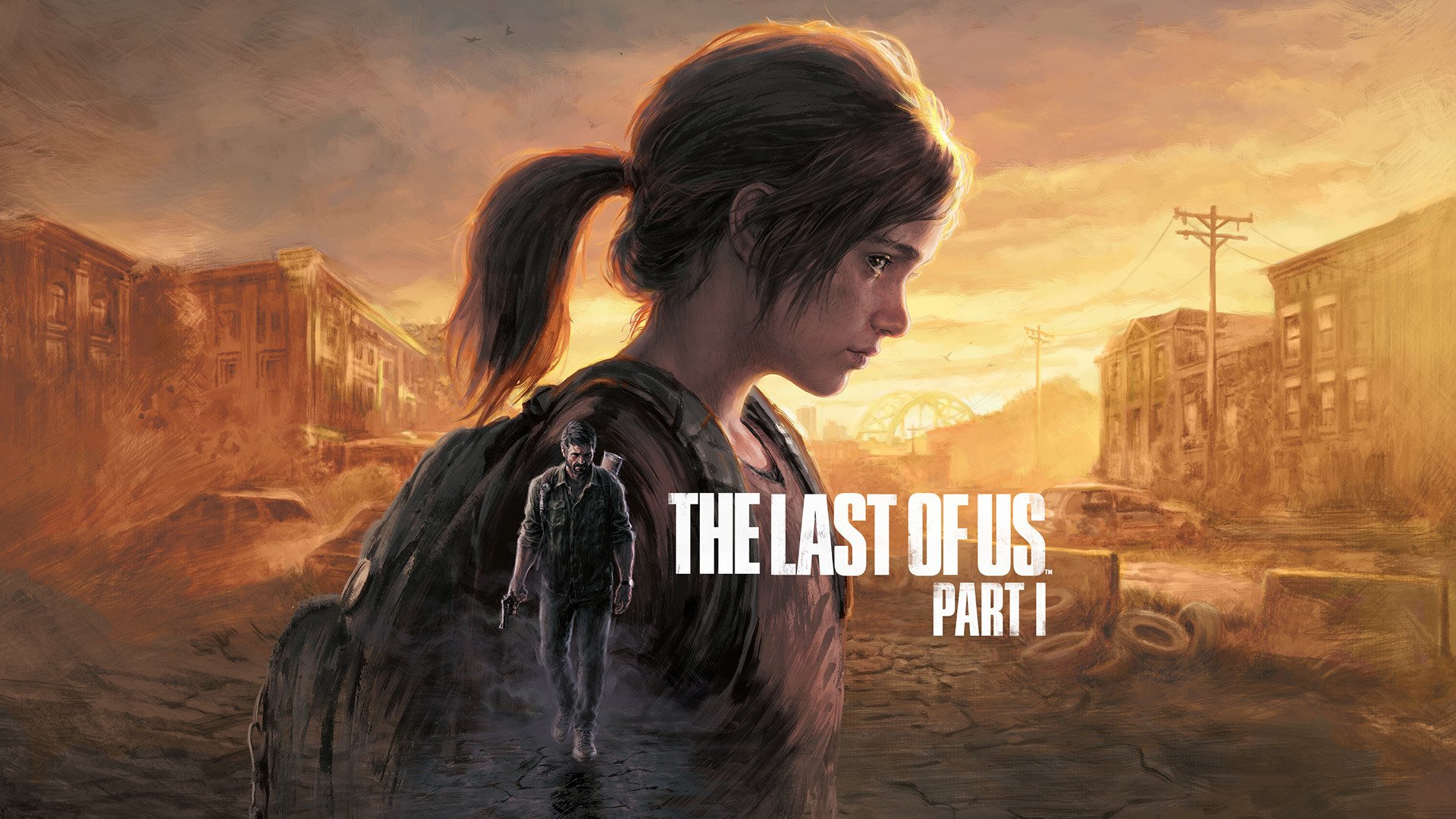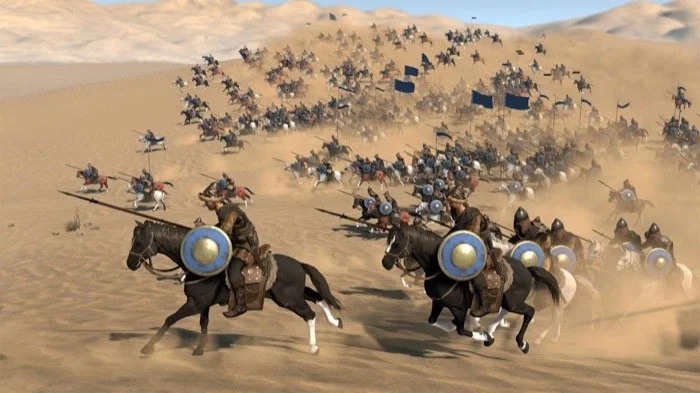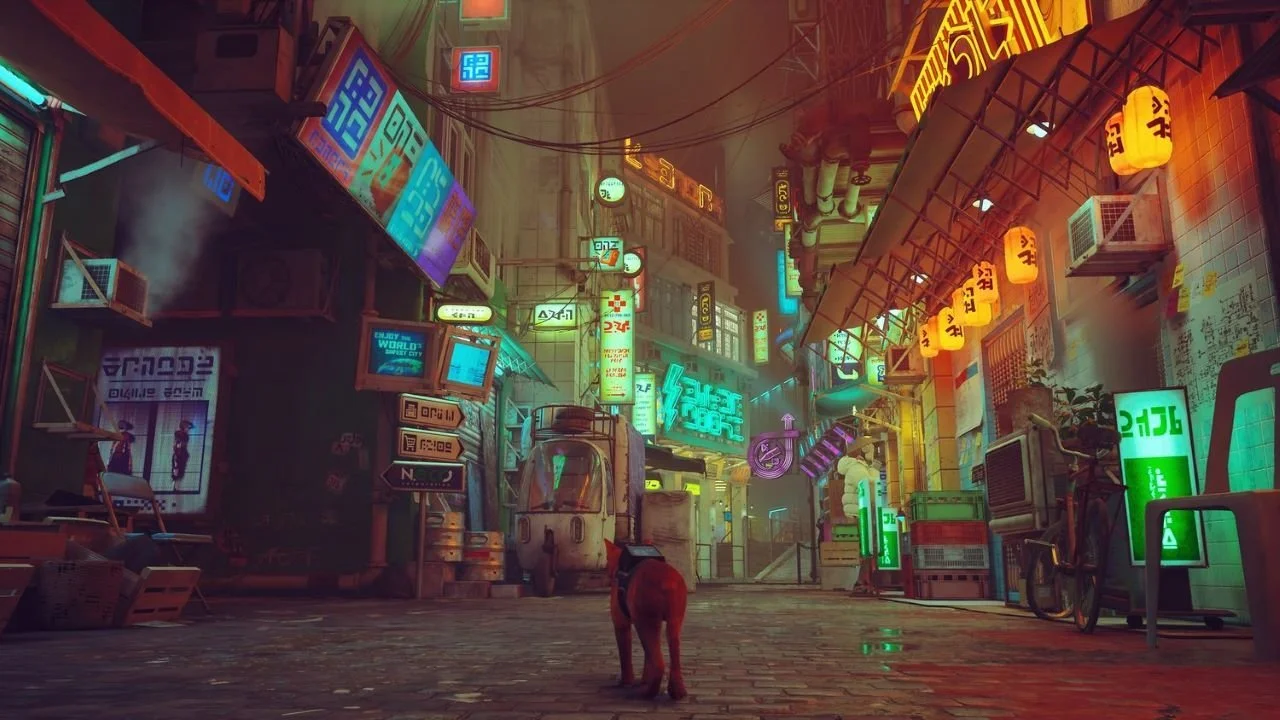‘Mount & Blade II: Bannerlord’ Review
This fall, Mount & Blade II: Bannerlord will hit consoles for a full release of the sequel to 2008's Mount & Blade. Developed by Turkish studio Taleworlds Entertainment, the game returns to the fictional continent of Calradia. Bannerlord is a prequel to the first game, taking place directly after the collapse of the Calradian Empire 201 years before the events of the first game. Focusing on a mix of single combat and grand strategy, Bannerlord offers gamers a unique experience that aims to give the player the most freedom possible.
This has to be my pick for indie GOTY Bannerlord might not have the mainstream appeal of other titles. However, you can see the love the small development team put in over the last decade. Taleworlds disproves the myth that any game with a development cycle this long will follow in the footsteps of games like Duke Nukem' Forever, a game that spent years in development hell and disappointed fans. And with the upcoming full release, it makes sense to give this game the love it has rightly earned.
RELATED:
Gameplay
Fans of the first game have long argued that the gameplay for the Mount And Blade series sets it apart from any other game in the genre, and I am inclined to agree. The most unique aspect of the game is how it changes the longer you play. Starting as a single adventurer setting out to reunite their family you spend the first quarter of the game building a small band of warriors, then somewhere around the 50-hour mark, for me at least, the game begins to shift focus. Strategy in battle takes precedence over charging in with a group of soldiers. You will need to know how to effectively use calvary as shock troops, what formations to keep your soldiers in to minimize casualties, as well as find a way to fund and feed your burgeoning army.
One of the reasons that Taleworlds took so long to develop this game is the sheer depth they added to all of the systems and the introduction of new ones. If you have played Mount & Blade you remember that sieges in the game were rather uninspired, that is no longer the case. Sieges now are dynamic with the inclusion of typical siege weapons like trebuchets and catapults, siege towers and ladders, and the classic battering ram. The castle walls and gates are destructible to a degree, giving immersion that the first game sorely lacked.
Another massive difference between the two entries in the series is the inclusion of a deep and meaningful family system. Now nobles can die and pass their lands on to the next generation, your character could reach old age and die in battle, and you will take over their heir as your new character. This feature gives the game infinite replayability on just one save as, theoretically, you could carry on a playthrough down the generations of your lineage and defend your ancestral lands.
On a final note for gameplay, the combat in the game is very smooth, perhaps more so than the original entry in the franchise. The combat mechanics of the game are the same type you would find in Chivalry II or For Honor. however, Mount & Blade predates both. After over 150 hours the gameplay loop still feels satisfying, especially now that I am landed gentry with a standing army ready to unify Calradia.
Graphics
Bannerlord boasts massive graphical improvements compared to Mount & Blade. Of course, that should be expected given the long gap between the releases. But with how grandiose the scope of the game is, it shouldn't look this good. Compared to other strategy games the overall details of individual units are astounding. This is because you could encounter the lowly soldiers from any faction in a one-on-one encounter off the battlefield.
All of the battle terrains are procedurally generated based on the map coordinates, but every battle I fought felt like it was happening somewhere in Calradia. Nothing seemed out of place on the battlefield. Which is a feat in and of itself. The diversity of the procedurally generated terrain is astounding and is once again a testament to the long development cycle of the game not being a bad thing. The graphics may not feel like a AAA title in 2022, but given that Taleworlds started working on this as a two-person team and expanded as time went on it is impressive that this game feels like it could compete with some of the best offerings in 2021 and 2020.
Story
Should you choose to play the campaign you may realize the story is very small. This feels like an intentional design choice, the developers want you to have this massive open sandbox, and they don't want a story-driven quest getting in your way. Honestly, it is a welcome change to these sorts of games and is one of the things people loved about Mount & Blade. However, for those of us who would like a story element, it is there.
The player will find their brother in the tutorial area, your family has been taken by bandits and the two of you have to set out to save them. As soon as you leave the tutorial you come upon a gravely wounded soldier who hands you an artifact from the battle of Pendraic, a historic event in which the last Emperor of Calradia was slain due to his hubris and the Calradian Empire fractured as a direct result of this battle. By the time you finish your quest you realize you have a banner that has been used since the dawn of the Empire, the very banner you can choose to lead your men under to reform that Empire in your image.
Pros And Cons
I could take another 1,000 words listing what I enjoy about the game. But the most substantial case for the game is just how deep the rabbit hole goes. Bannerlord takes no time immersing the player in a world full of dynamic choices and events that breathe life into Calradia. No two playthroughs have been the same despite my intention to make that happen. This means the game has an incredibly high level of replayability, a necessity for a game in this day and age. The mechanics of combat and political maneuvering will keep players busy for hundreds of hours on their first playthrough alone.
The only con that comes to mind is that the game could do a slightly better job at explaining the systems. Perhaps I missed a feature to enable tooltips, but the fact they aren't enabled by default adds a barrier to entry that some gamers will find off-putting. Especially given the way the gameplay changes as time grows on and you grow your army and your lands. When it comes to town management Bannerlord can at times feel a little repetitive.
Verdict
Bannerlord at heart is a unique game that has had a lot of love put into it. Taleworlds has done a fantastic job of making a satisfying game that will keep the player coming back for more again and again. Given the long development cycle fans of the first game were worried about the quality of the game, from graphical fidelity to mechanics. These worries should be put to rest, the game has been crafted from the ground up to be the perfect successor to Mount & Blade. If you enjoy strategy games but wish you could be in the middle of the action, I highly recommend picking up Bannerlord when it hits consoles this fall.
Rating: 9.5/10
Developer: Taleworlds Entertainment; Publisher: Taleworlds Entertainment; Players: 1-100; Released: March 30, 2020; ESRB: Pending MSRP: $49.99
Review played on PC
READ NEXT:





